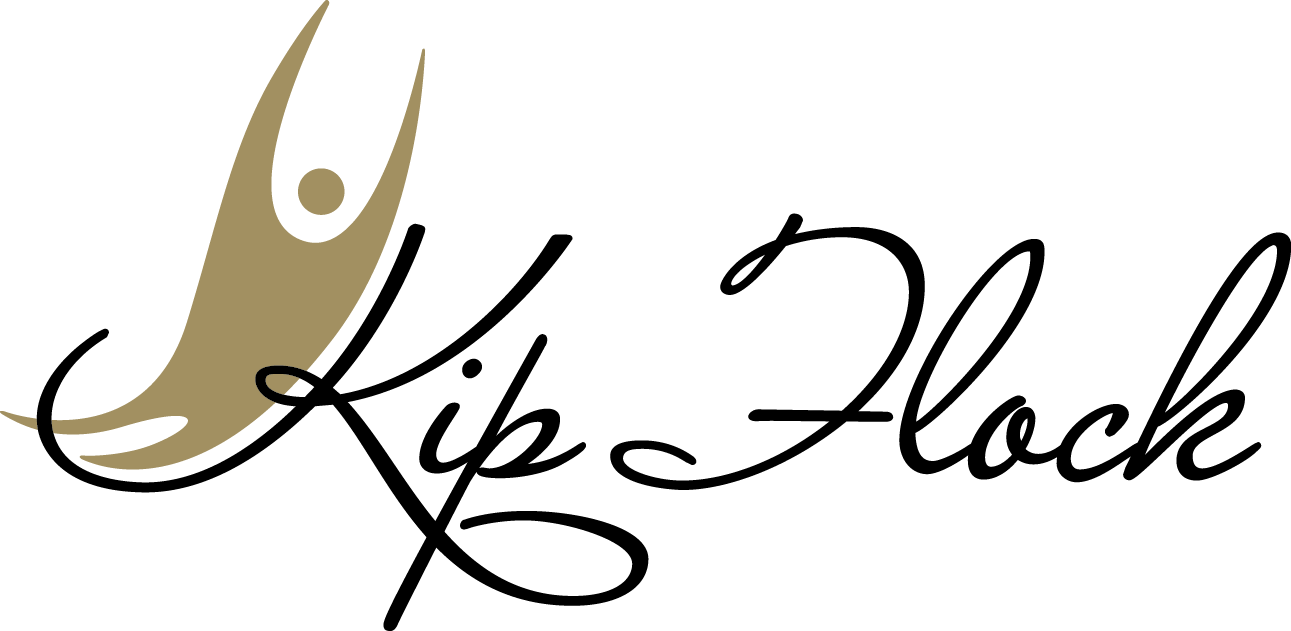It was 2:00 am, and I was wide awake, staring at the ceiling, consumed by the pain that was coursing through my neck and across my shoulders.
My surgeon warned me that cervical spinal fusion would cause post-op pain. But he also said that it would be a piece of cake compared to the two rotator cuff surgeries I had already endured. Now, looking back, I agree that recovery from fusion pales in comparison to rotator cuff repair. But it was not a piece of cake.
You see, after a summer of several DIY home improvement projects, I noticed a clicking in my neck. By mid-September, turning my head side-to-side hurt. So I scheduled a visit with a pain management doctor, who took an X-ray, noted some mild bone spurs, diagnosed cervical spondylosis (arthritis) and prescribed physical therapy. I went only six times. Although the treatment felt good during each session, the neck issues persisted. And then, on the final visit, the therapist pressed a spot that caused a burning sensation down my left arm. I was alarmed!
Right before Christmas, I scheduled a consult with an orthopedic surgeon. His X-ray painted a different picture than the last one. My C-5 and C-6 vertebrae were now sitting right on top of each other, compressing the nerves to my arms and hands.
By early January, as soon as I lay down at bedtime, pain slowly migrated across my shoulders, under my arms, along my biceps, past my elbows and into my hands. At first, the deep, dull throb made sleeping impossible unless I was propped upright by pillows in the corner of my couch. But by the middle of January, no matter what position I chose or how many pillows I used, sleep was out of the question.
I was desperate for relief, so surgery was scheduled for the first of February. Thankfully, the procedure went well. My limbs stopped throbbing, and I could resume sleeping in my bed. However, by the third day post-op, excruciating surgical pain kicked in with a vengeance. I felt like vice grips were lodged under my skin, clenching every muscle, tendon, ligament and nerve between my shoulder blades. Although pain meds took the edge off, they also made me nauseous. So, I avoided them and lay in bed each night, hoping that sleep would eventually arrive and give me a reprieve, even if for a few hours.
Fortunately, I remembered the lessons of pain management from my friend and colleague, Kip, who suffered multiple bone breaks and agonizing internal injuries after a head-on collision. I recalled the breathing techniques he used to promote healing. So I breathed through the pain…deep, slow breaths to reduce stress, deliver more oxygen to the surgical site, and relax the muscles that were tightening up to protect my spine. The pain didn’t disappear. But refusing to succumb to it and taking some degree of control felt good, eased discomfort, and most assuredly accelerated repair.
Within two weeks after surgery, I was making amazing progress toward recovery. Of course, I complied with my doctor’s orders to avoid bending, lifting and twisting. But I also continued to focus healing energy on the newly adjusted mechanics of my spine.
Regaining control in the face of significant pain is not easy, but it is possible. You can facilitate and optimize the natural brain restoration process by using positive imagery and activating the relaxation response with breathing. Here’s one of Kip’s most effective breathing exercises for pain relief. Give it a try!
- Sit in a comfortable position.
- Inhale, bringing the shoulders up toward your ears.
- Exhale, bringing the shoulders back and down. (If you have neck or shoulder injuries, skip this step.)
- Inhale healing energy through the crown of your head, an infinite resource of energy available from the Universe.
- Give this healing energy a form of light, color, sound or a feeling.
- As you exhale, direct this healing energy form to the place in your body or mind that needs repair.
- Observe the energy gently cradling the area and then slowly accepting the healing energy as it enters.
To practice, try this technique now with any area of tension area in your body. Repeat 6-10 times and as needed.
You have healing power within you and can accelerate the process of repair with your breath.
A message from the writer: Kip is my friend and colleague. His story of perseverance and tenacity and his techniques to heal the body helped me to manage excruciating pain after spinal surgery. I encourage all who are suffering from any kind of ailment to breathe your way into relief.

